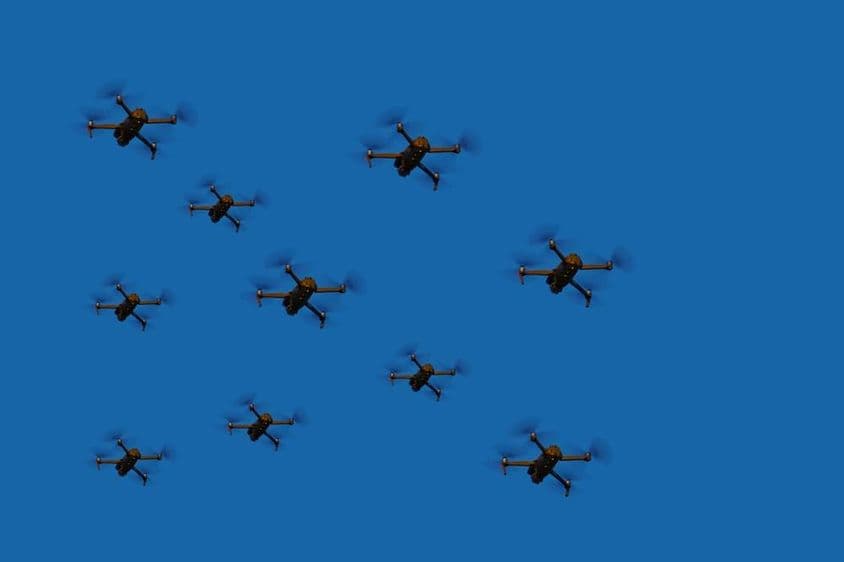Drones Assist in Moon Observation during Ramadan

More than 100 Drones Aided Crescent Moon Observation During Ramadan and Eid Al Fitr
The United Arab Emirates once again leveraged modern technology in the service of religious traditions: more than 100 drones were deployed to observe the crescent moon marking the beginning of Ramadan and Eid Al Fitr. Although the innovation was spectacular, the drones were unable to detect the crescent in any case, raising the question: does this technology truly add value compared to traditional methods?
Technology and Religious Tradition Hand in Hand
The Islamic calendar, the Hijri, is lunar-based, so the start and end of months depend on the observation of the crescent moon. For example, the month of Ramadan can be 29 or 30 days long, depending on when the new moon becomes visible. This year, Ramadan lasted 29 days, as the crescent was sighted on the designated day. Had this not occurred, the month would have automatically extended by one day.
Drone observation was particularly important on the 29th day of Ramadan, as the Eid Al Fitr celebration was based on moon observation after sunset that day. If the crescent had not been spotted, the holiday would have meant five days of leave for many. This shows how significant moon observation is for UAE residents—not only from a religious standpoint but practically, too.
How Drone Observation Worked
With the support of the UAE Fatwa Council and in cooperation with the International Astronomical Center, the drones were flown over the Al Khatim area near Abu Dhabi. The drones marked a square-shaped area in the sky, assisting ground observers in focusing on the crescent moon. A specially equipped drone even provided direct images of the moon.
Additionally, further observations took place from locations such as Jebel Jais (the highest point in Ras Al Khaimah), Jebel Hafeet (the highest point in Abu Dhabi), the Al Khatim Astronomical Observatory, and the Dubai Astronomy Observatory. The Sharjah Observatory was also an active participant in the event. The images and observations from these locations were evaluated at an official committee meeting held in Qasr Al Hosn.
What Happens If the Drone Does Not See the Crescent?
Despite the presence of modern technology, neither before Ramadan nor Eid was the committee able to confidently detect the crescent with drones this year. This led a committee member to caution that there should be a reevaluation of whether it is truly worthwhile to mobilize such an expensive and technologically complex equipment pool every year. If drone observation is not more effective than traditional methods—such as telescopic observation or witness-based observation—then regular deployment may not be justified.
Traditional Observation Methods Remain in Effect
The UAE continues to use the method prescribed by Islamic law based on witness testimonies. Those who see the crescent moon with the naked eye are required to report this to the nearest Ministry of Justice office. Four matching witness statements are necessary for the observation to be officially accepted. If the reports contradict each other, they are rejected.
Additionally, the UAE's committee adheres to the "moonsighting unification" principle, coordinating observations with geographically close countries. Within this framework, the Emirates maintain connections with countries like Saudi Arabia, Qatar, Kuwait, and Bahrain. The goal is to avoid discrepancies in holiday timing and to celebrate uniformly within the Islamic world.
Summary
The United Arab Emirates provides an impressive example of how traditions can be merged with modern tools. The deployment of more than 100 drones well illustrates the effort to support religious practices with technology. However, based on this year's experiences, important questions arise: is drone observation more effective than existing methods? Is it worth the investment?
While the decision is still to be made, one thing is certain: the UAE continues to play a pioneering role in how 21st-century technology can be put in the service of spiritual traditions—whether from the observatories in Dubai, Sharjah, or Ras Al Khaimah, or from the air.
If you find any errors on this page, please let us know via email.


